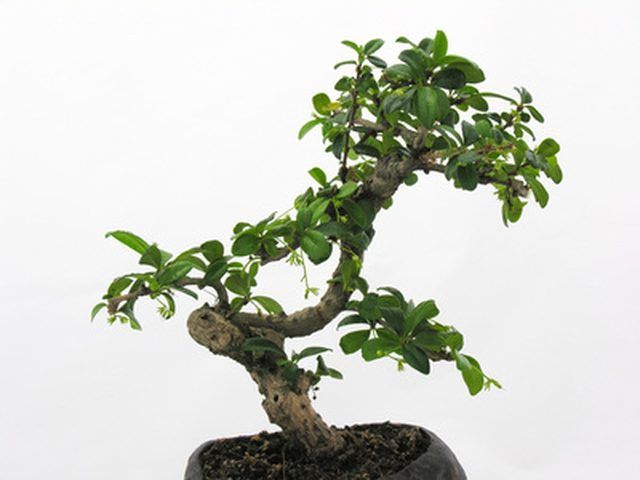Bulbs
Flower Basics
Flower Beds & Specialty Gardens
Flower Garden
Garden Furniture
Garden Gnomes
Garden Seeds
Garden Sheds
Garden Statues
Garden Tools & Supplies
Gardening Basics
Green & Organic
Groundcovers & Vines
Growing Annuals
Growing Basil
Growing Beans
Growing Berries
Growing Blueberries
Growing Cactus
Growing Corn
Growing Cotton
Growing Edibles
Growing Flowers
Growing Garlic
Growing Grapes
Growing Grass
Growing Herbs
Growing Jasmine
Growing Mint
Growing Mushrooms
Orchids
Growing Peanuts
Growing Perennials
Growing Plants
Growing Rosemary
Growing Roses
Growing Strawberries
Growing Sunflowers
Growing Thyme
Growing Tomatoes
Growing Tulips
Growing Vegetables
Herb Basics
Herb Garden
Indoor Growing
Landscaping Basics
Landscaping Patios
Landscaping Plants
Landscaping Shrubs
Landscaping Trees
Landscaping Walks & Pathways
Lawn Basics
Lawn Maintenance
Lawn Mowers
Lawn Ornaments
Lawn Planting
Lawn Tools
Outdoor Growing
Overall Landscape Planning
Pests, Weeds & Problems
Plant Basics
Rock Garden
Rose Garden
Shrubs
Soil
Specialty Gardens
Trees
Vegetable Garden
Yard Maintenance
How to Bonsai a Jade Plant
How to Bonsai a Jade Plant. The jade plant, native to South Africa, is rapidly becoming popular as a favored bonsai. It is easy to grow, and can be kept indoors or outdoors. The root system of the jade plant lends itself to shallow containers, which makes it an ideal choice to use as a bonsai, or miniature plant. Training a jade plant is fairly...

The jade plant, native to South Africa, is rapidly becoming popular as a favored bonsai. It is easy to grow, and can be kept indoors or outdoors. The root system of the jade plant lends itself to shallow containers, which makes it an ideal choice to use as a bonsai, or miniature plant. Training a jade plant is fairly simple---they can be manipulated with ease using weights and wire. With care and attention, a jade plant can make an attractive bonsai.
Things You'll Need
Small bonsai weights
Aluminum bonsai wire
Bonsai wire cutter
Concave bonsai pruner
Potting soil
Bonsai fertilizer
Shallow pot
Find a pot that is large enough to allow the jade plant to grow---it should be slightly wider and deeper than the plant and its root ball. Use a potting mix that is one part sterilized loam, two parts sharp sand and two parts peat. Place in full sun.
Prune your jade bonsai to shape it. The jade bonsai is able to withstand aggressive pruning. Pinch and remove branches that are growing in undesired places to refine your jade bonsai. Frequent pruning is required during the growth season. The bonsai may require pruning as often as two times a week. Flush cuts rather than concave cuts are best when removing twigs and branches. Take care not to cut too deeply or it may cause a scar. Jade plants are tough and do not require sealing after pruning.
You can train your jade bonsai into many of the traditional bonsai styles, such as "leaning" (which has a slanted, windswept look) or "informal upright" (in which the trunk bends to the left or the right). Manipulate your bonsai with small weights, which can be hung from the branches to bend them, or with very gentle wiring. Aluminum wire is one of the most common methods used for shaping your bonsai. Wrap the wire around the branch, and then bend the branch into the desired shape. Use 1 mm wire for smaller trees and continue to move up in size as the tree grows. Keep the wire at a thickness small enough to support it until it has been trained into position. Wiring the tree is best done in the fall or winter.
Repot the bonsai plant every couple of years. Do so during the spring and summer months. Trim back the roots a bit when repotting by 1/4 inch or so. Give the plant a break from watering for a few weeks after repotting before resuming a regular watering schedule.
Fertilize once a month during the growing season of spring and summer. Do not fertilize during the winter months. Use a balanced fertilizer formulated for bonsai.
Water the bonsai enough to keep the plant from drying out. Take care not to overwater it (do not allow the soil to become soggy). Add just enough water to moisten the soil. Allow the top of the soil of the soil to dry out a bit between watering. Reduce watering during the winter months.